Mars News & Features
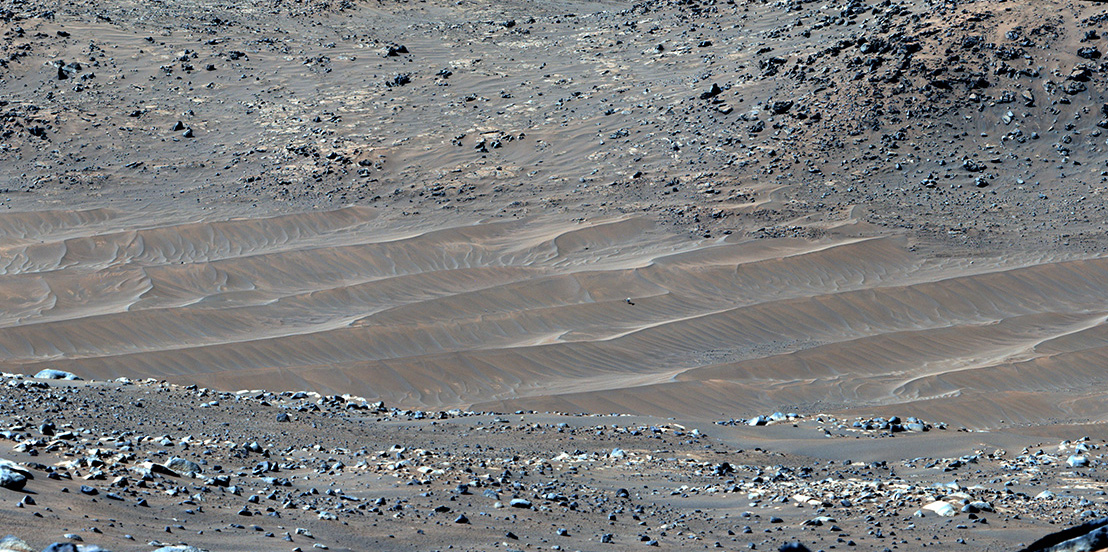
Farewell to Our Flying Friend and Closing in on the Crater Rim
After 72 flights and 17 kilometers flown, it is finally time for us to say goodbye to the Ingenuity helicopter.

20 Years After Landing: How NASA’s Twin Rovers Changed Mars Science
This month marks the 20th anniversary of Spirit and Opportunity’s landing on Mars, part of a mission whose legacy will extend far into the future. In January 2004, twin NASA rovers named Spirit and Opportunity touched down on opposite sides…
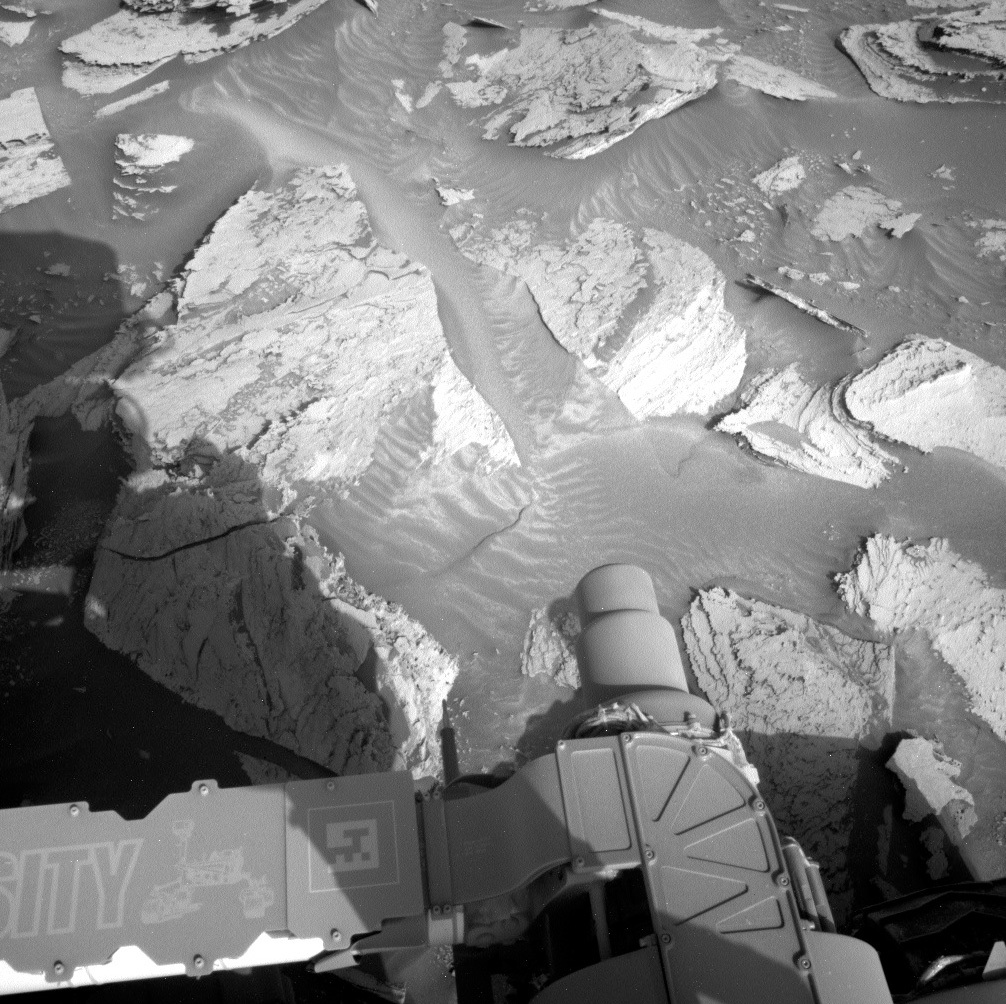
Sols 4032-4034: How Rocks Say Don’t Touch
As we climb through the terrain, which is beautiful to look at with its steep topography, we are on the lookout for all the differences in the rocks.

Autonomous Systems Help NASA’s Perseverance Do More Science on Mars
A computer pilot helps NASA’s six-wheeled geologist as it searches for rock samples that could be brought to Earth for deeper investigation. In about a third of the time it would have taken other NASA Mars rovers, Perseverance recently navigated…
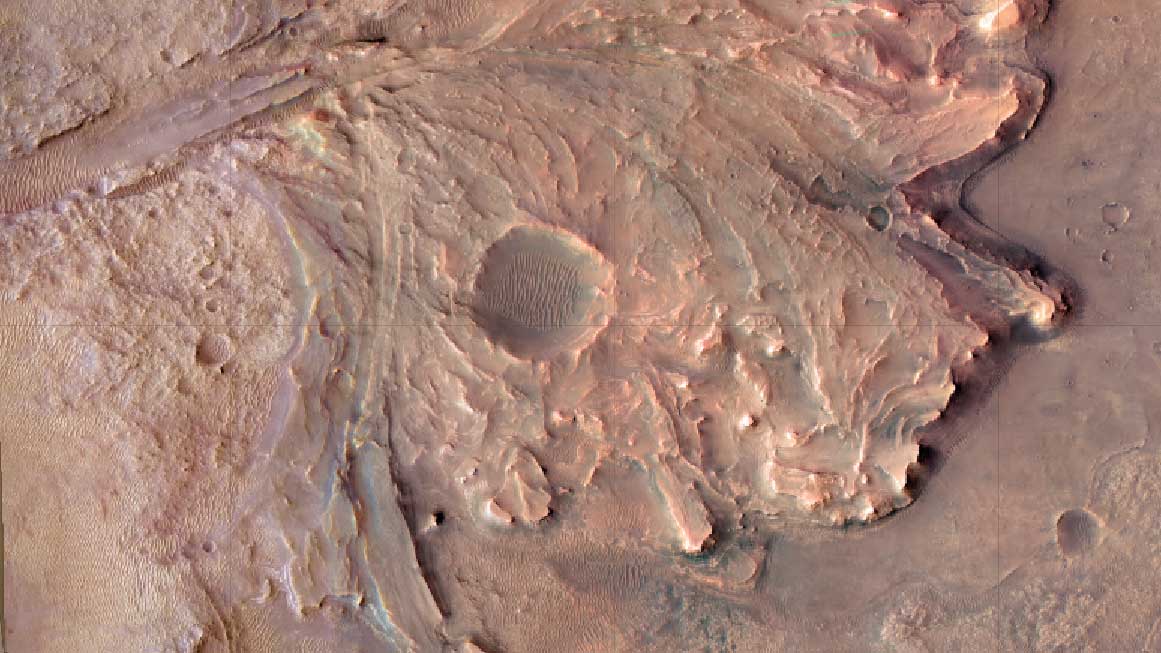
Why – and How – NASA Gives a Name to Every Spot It Studies on Mars
Martian maps are full of monikers recognizing places on Earth, explorers, and even cartoon characters. NASA’s Perseverance rover is currently investigating rock outcrops alongside the rim of Mars’ Belva Crater. Some 2,300 miles (3,700 kilometers) away, NASA’s Curiosity rover recently drilled…
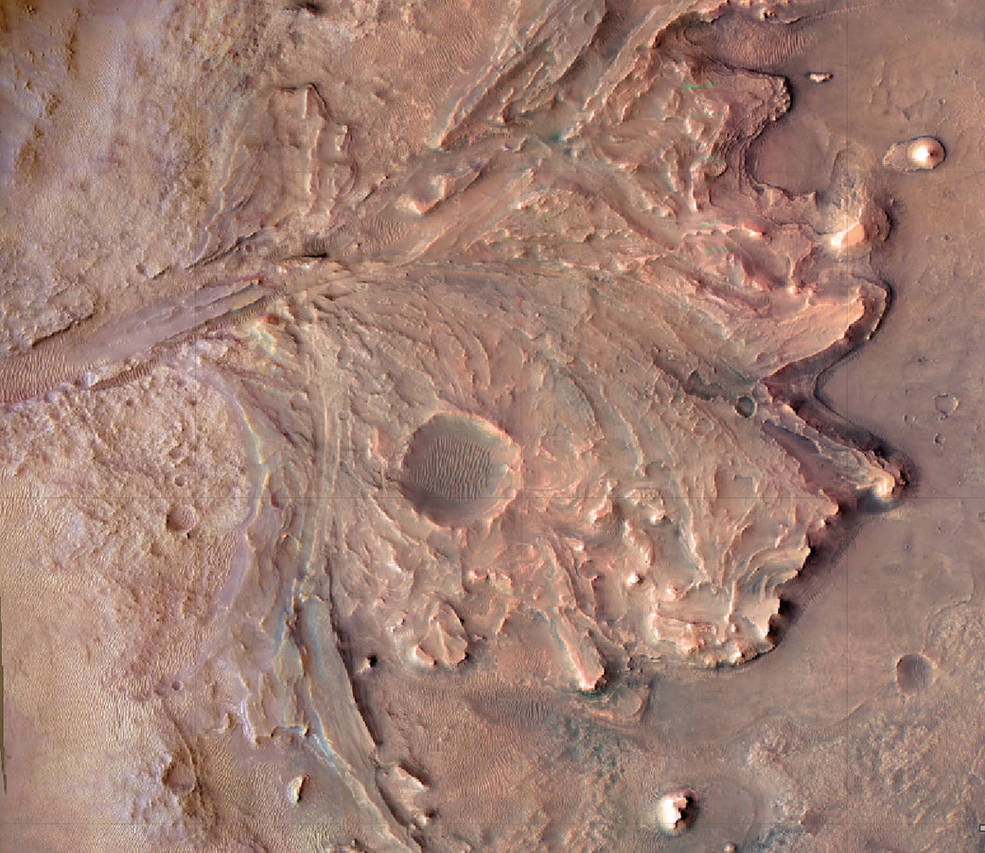
Why – and How – NASA Gives a Name to Every Spot It Studies on Mars
Martian maps are full of monikers recognizing places on Earth, explorers, and even cartoon characters.
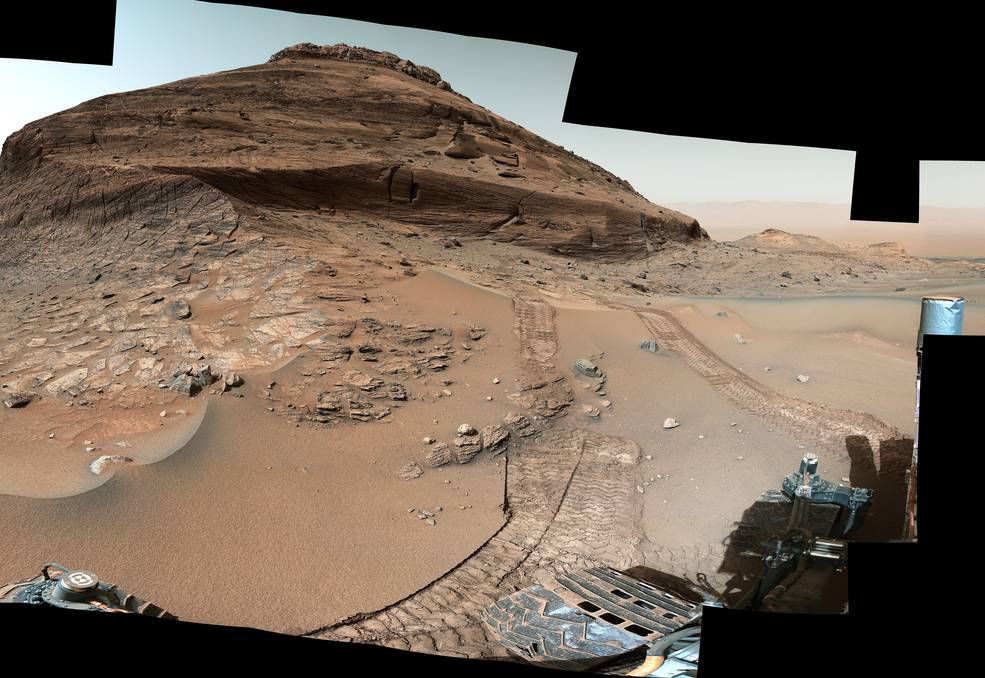
NASA’s Curiosity Mars Rover Gets a Major Software Upgrade
The update brings loads of improvements, the most significant being new driving capabilities.
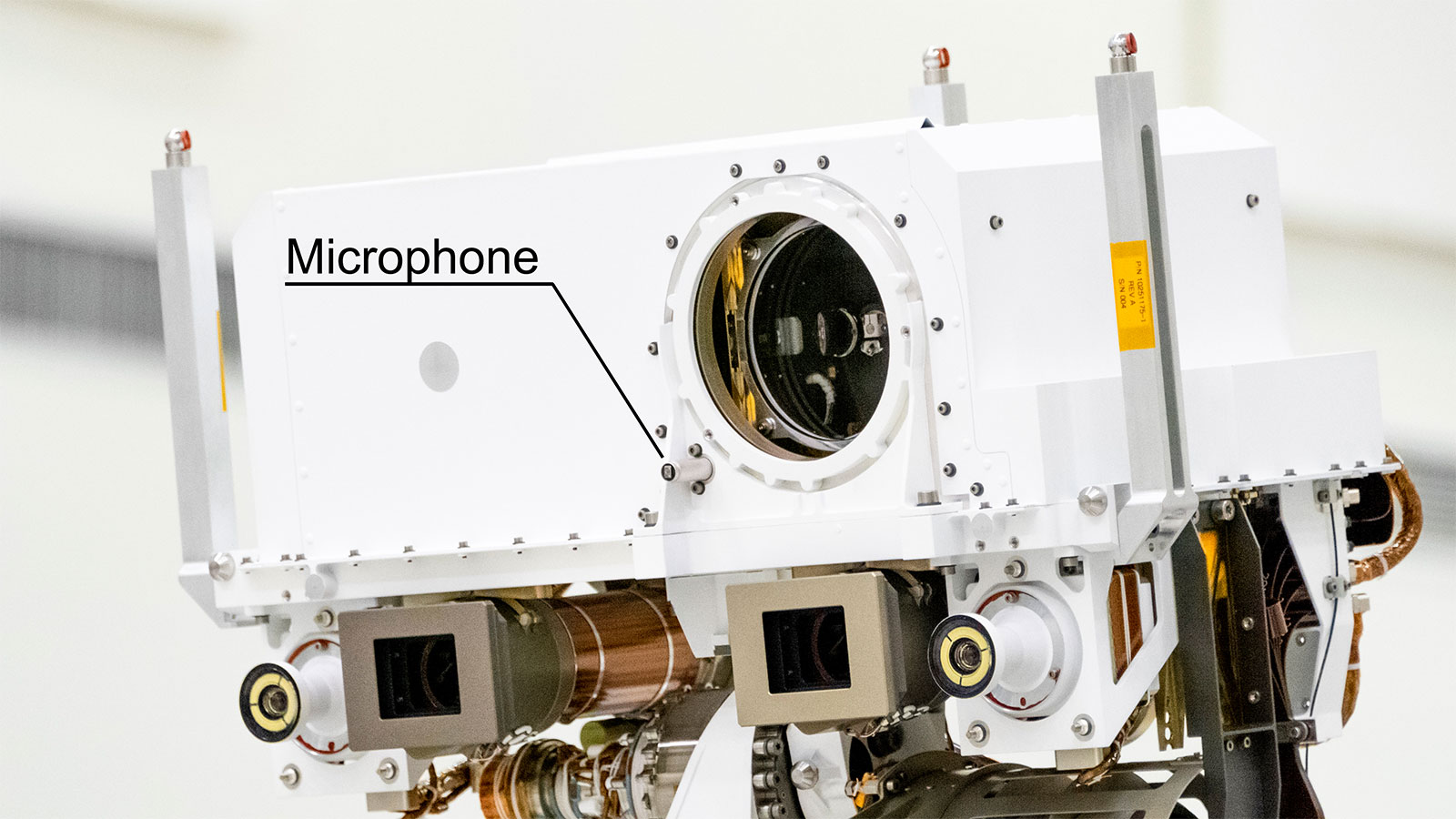
Experiencing a Dust Devil
Recently a combination of instruments on the Perseverance rover has experienced a dust devil in a new way.
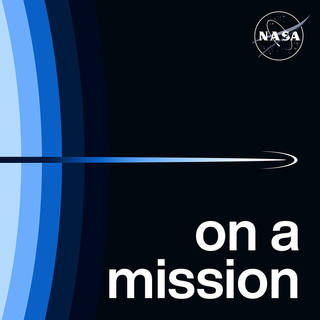
Before You Can Drive, First You Have to Fly – S4E9
Subscribe via Apple Podcasts Subscribe via Google Play Subscribe via SoundCloud Subscribe via RSS Feed Transcript (music) NASA Launch Control: T-minus 15 seconds… Narrator: When a Mars rover is on top of a rocket, ready to leave Earth, it is not simply…

A Broken Rock Won’t Break Our Team
Last week, Perseverance attempted an abrasion on the Chiniak target at Enchanted Lake. Scientists and engineers worked together to plan this activity on an intriguing target of potentially fine-grained rocks at the base of the Jezero delta.
